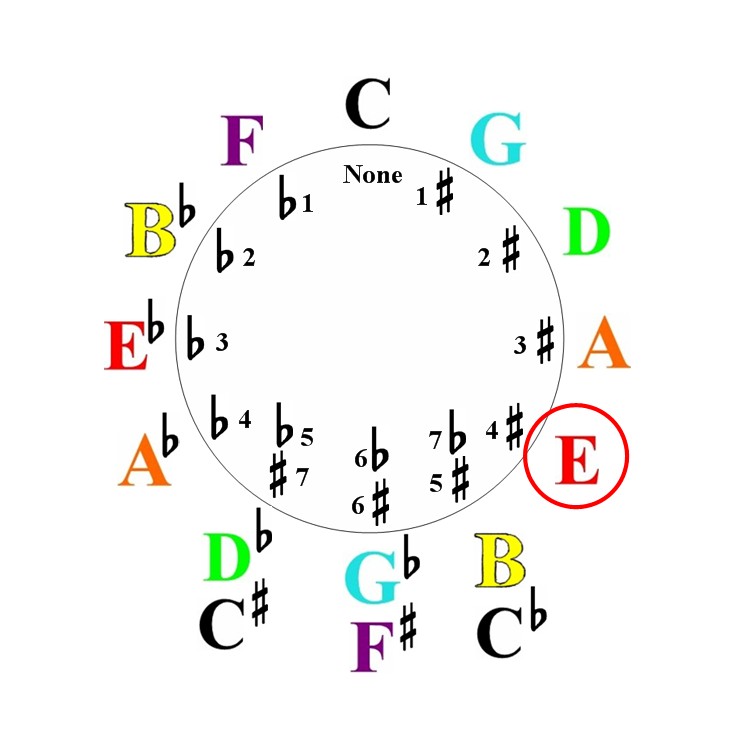The following two tabs change content below.


Greg Lee
Hi, my name is Greg Lee. I'm the creator of the Color Score Professional/Visual Chord Learning System. I love to share ideas and concepts about piano and keyboard playing in all styles of music. I believe the key to learning is having fun and making complicated things simple with visual tools and illustrations.
Latest posts by Greg Lee (see all)
- What is a minor/Major 7 Chord? - October 26, 2023
- 7 Chord Substitutions that Professionals Use - October 19, 2023
- 5 Simple Chord Tricks to Sound Amazing - October 5, 2023















 So we'll start our chord cycle all over again with D Major using the same structure.
So we'll start our chord cycle all over again with D Major using the same structure.
 The last chord from this cycle will be inverted to play the 5th in octaves while the left hand moves down to the 6th of the chord (B).
The last chord from this cycle will be inverted to play the 5th in octaves while the left hand moves down to the 6th of the chord (B). Let me quiz you on where we go next. If B is in our left hand and we're moving up a fourth interval, what chord would we start on in our next chord cycle? Take a look at the circle of 5ths.
Let me quiz you on where we go next. If B is in our left hand and we're moving up a fourth interval, what chord would we start on in our next chord cycle? Take a look at the circle of 5ths.
